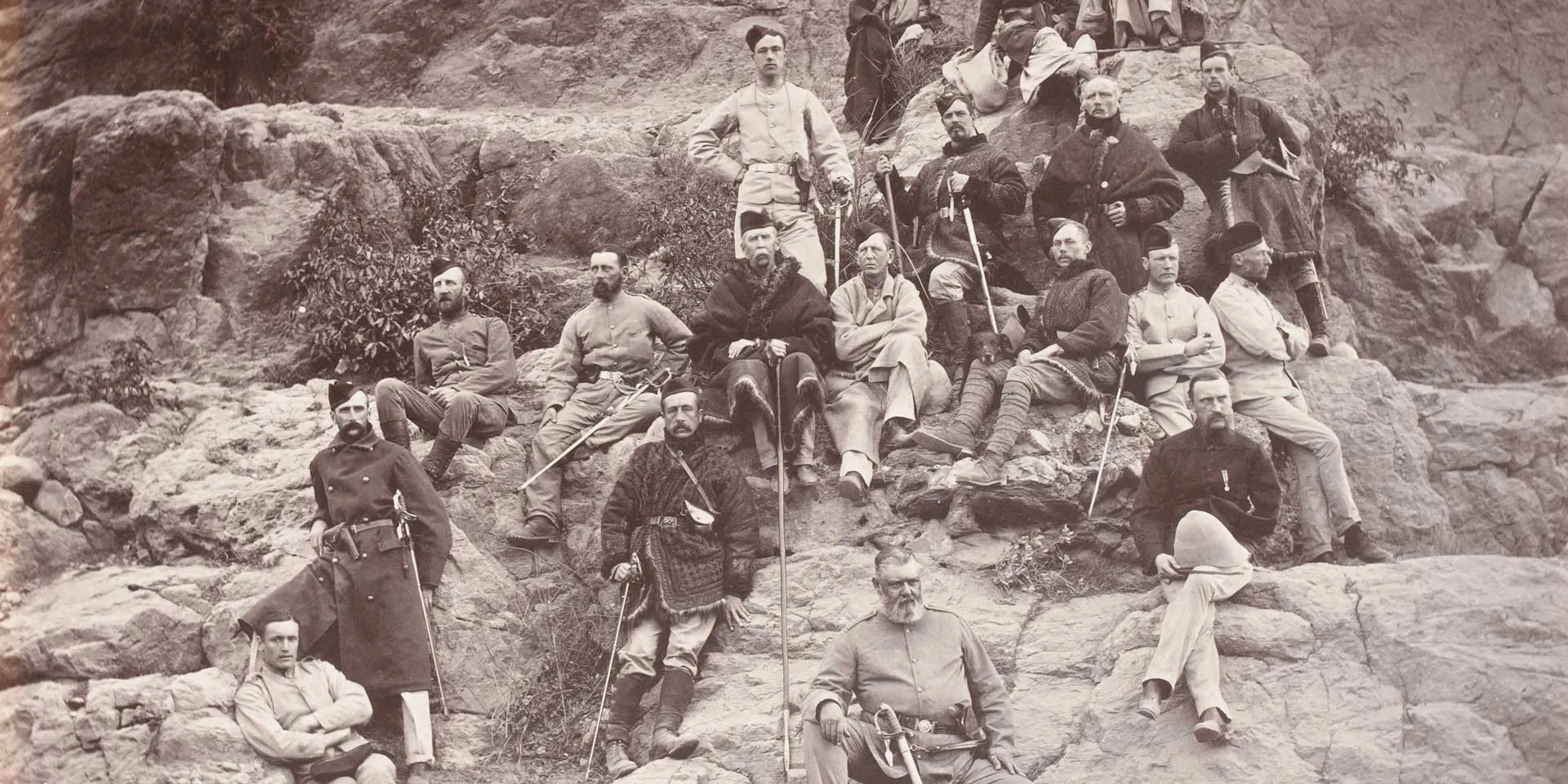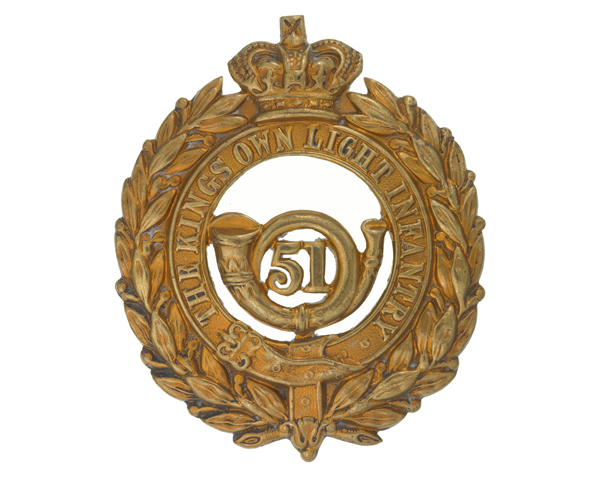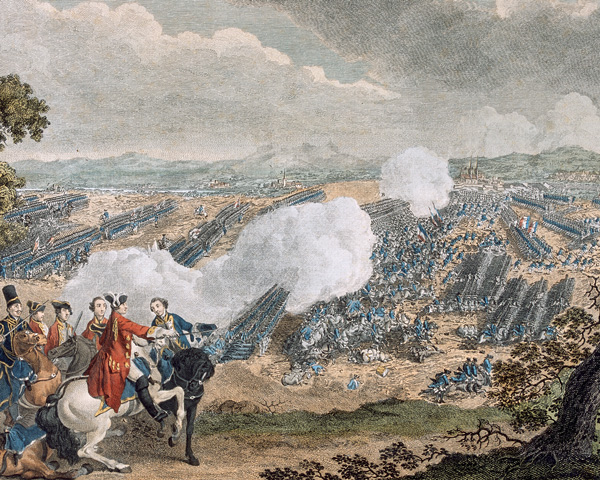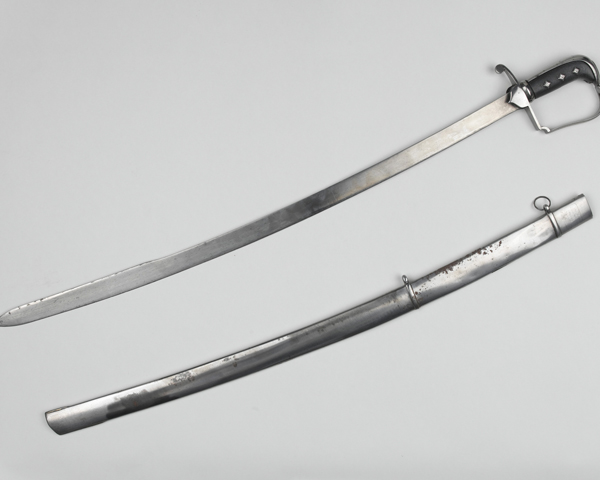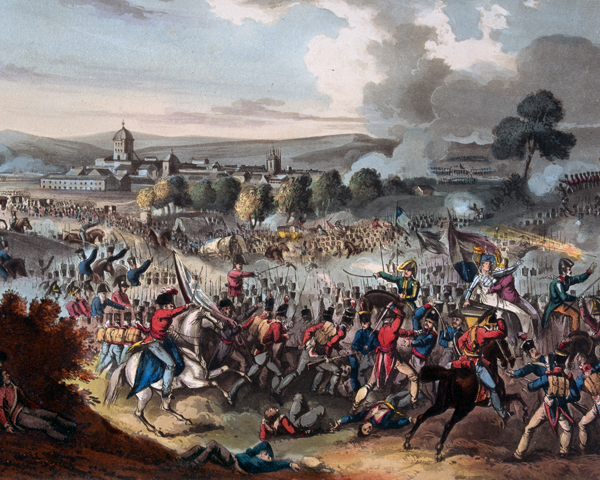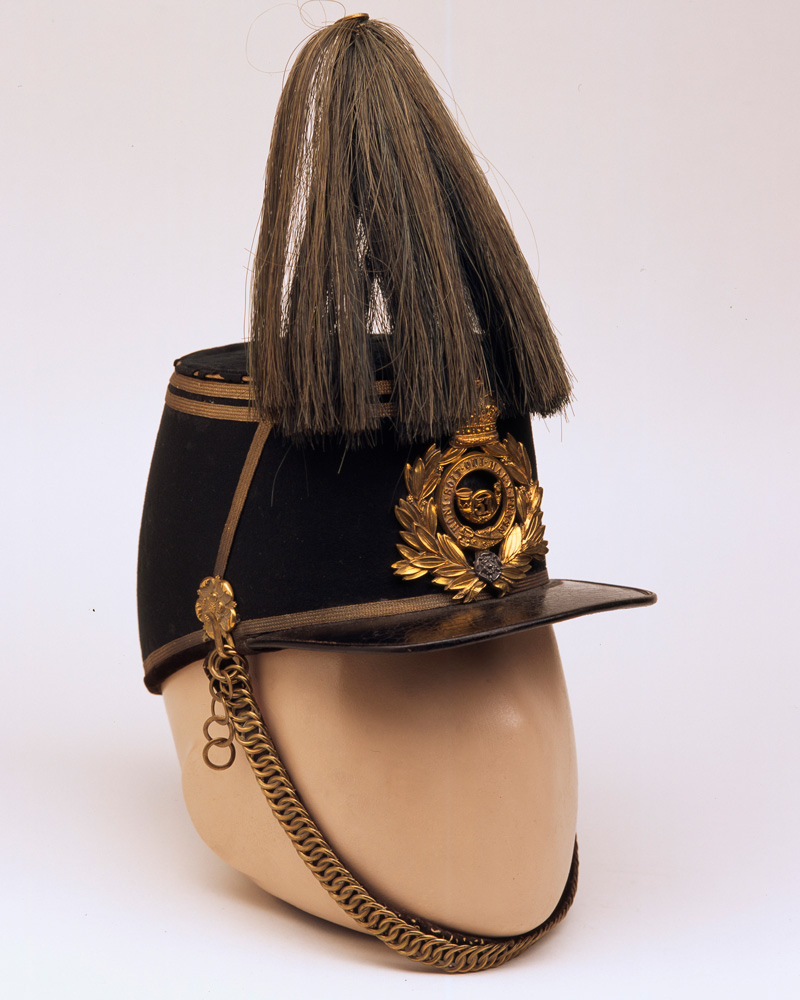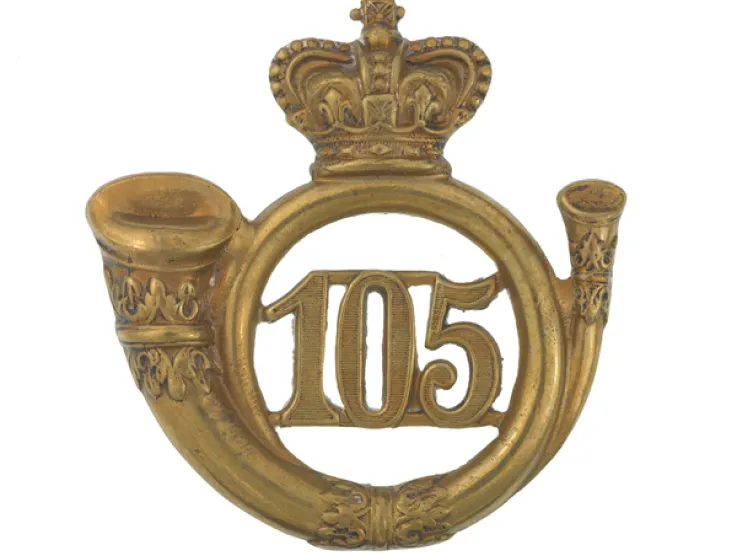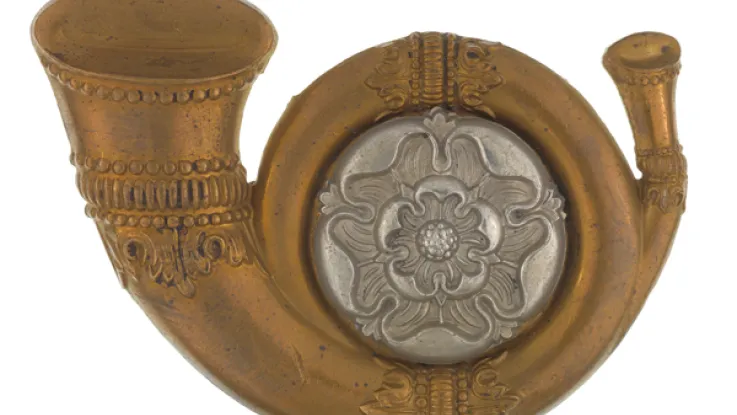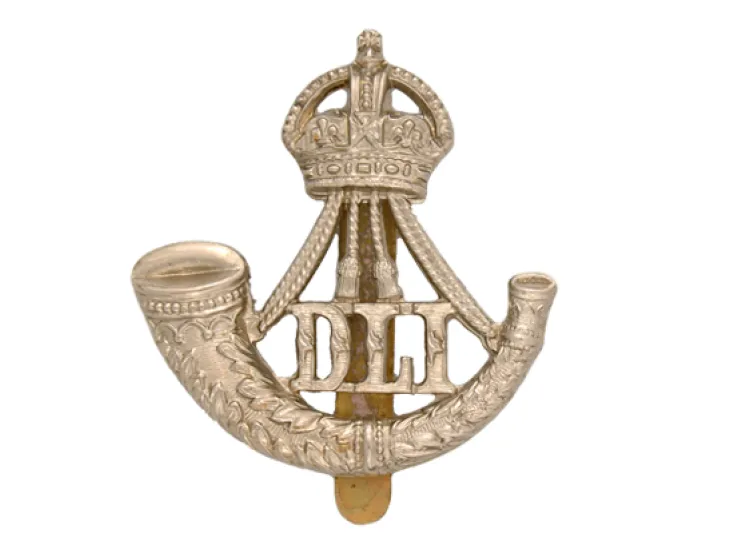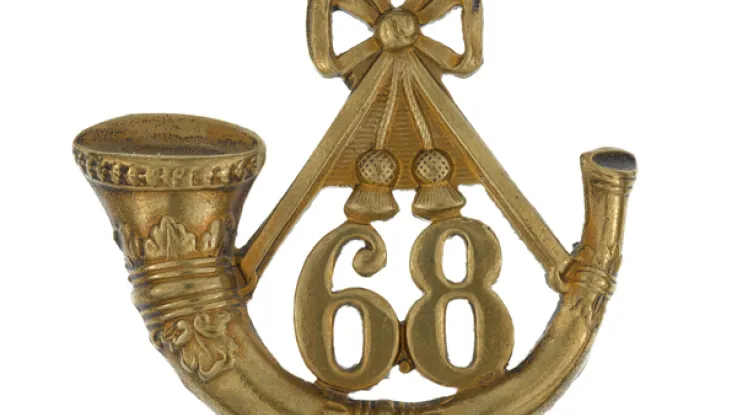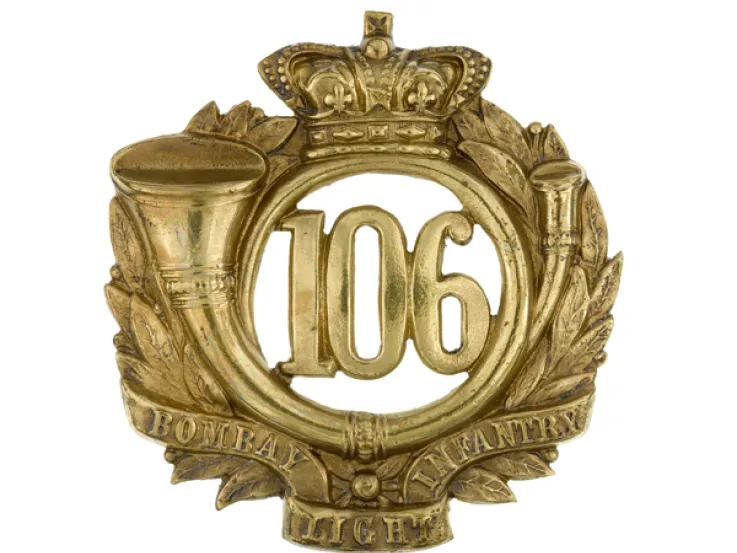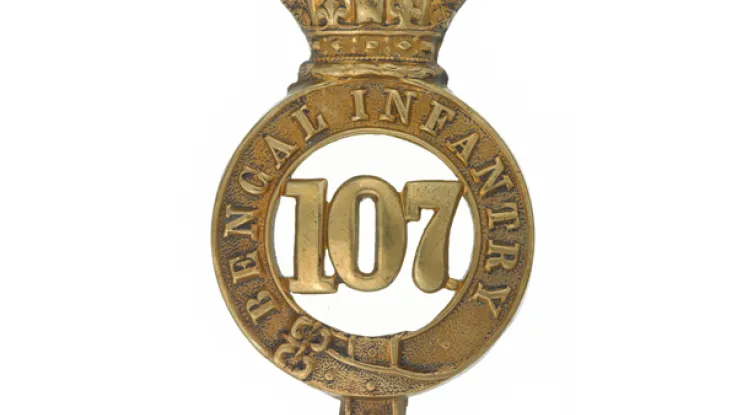Explore more from Regiments and Corps
51st (2nd Yorkshire West Riding), or The King’s Own Light Infantry Regiment
4 minute read
Origins
In 1755, Britain needed more troops as the threat of war with France increased. That year, a new regiment was raised at Leeds in West Yorkshire. Initially numbered 53, it rose to 51 the following year after the two intervening regiments were disbanded.
Its first overseas action was in 1757 during the Seven Years War (1756-63), when it joined the failed raid on the French port of Rochefort. The regiment saw more success in Germany in the following two years, fighting at Minden (1759), Corbach (1760) and Warburg (1760).
In 1763, it was posted to Ireland for the first time on a seven-year deployment. It then moved to Minorca in 1771. A Franco-Spanish force captured the island and the regiment in January 1782, taking advantage of Britain’s overstretch during the American War of Independence (1775-83).
The 51st was repatriated to Britain in May 1782. Its links to West Yorkshire were formalised shortly afterwards when it was one of two regiments associated with the West Riding. In 1783, it returned to Ireland, this time for nine years.
Revolutionary war
The regiment's first action during the French Revolutionary Wars (1793-1802) was at Toulon (1793). This was followed by time on Corsica (1794), Elba and in Portugal.
It sailed for the Cape of Good Hope in 1798, before deploying to India and Ceylon (now Sri Lanka) until 1807, a period of service that included the First Kandyan War (1803-05).
Napoleonic wars
In 1804, the regiment raised a 2nd Battalion. This remained on home service for 10 years before being disbanded. Some of its personnel were drafted into 1st Battalion in 1807, which then set sail for the Peninsular War (1808-14) the following year. It fought at Corunna (1809) with Sir John Moore, who had previously been a young officer in the regiment.
Later in 1809, the 51st joined the Walcheren Expedition to the Netherlands. That same year, it was granted the title ‘Light Infantry’ in Moore’s memory.
In 1811, 1st Battalion returned to the Peninsula, fighting there for the next three years at Badajoz (1811), Ciudad Rodrigo (1812), Salamanca (1812), Burgos (1812), Vitoria (1813), Sorauren (1813), Bidassoa (1813), Nivelle (1813), Nive (1813) and Orthez (1814). It landed back in England in June 1814, before sailing for Belgium in March the following year and serving at Waterloo (1815).
In 1821, King George IV granted the regiment the title ‘The King’s Own’. That year, it sailed for the Ionian Islands.
Victorian wars
In 1837, the regiment escorted convict ships out to Australia. It remained there until 1846, when it moved to India. In 1852, it deployed to the Second Burma War (1852-53) before returning to India in 1854.
After service in Malta, England and Ireland, the 51st returned to the Indian subcontinent. Detachments of the regiment served during the Indian Mutiny (1857-59). The entire regiment then took part in the Umbeyla (1863) and Jowaki (1877) Expeditions on the North West Frontier.
During the Second Afghan War (1878-80), it fought at Ali Masjid (1878) in the Khyber.
Legacy
It was still in India in 1881, when it merged with the 105th Regiment of Foot (Madras Light Infantry) to become the senior battalion in The King's Own Light Infantry (South Yorkshire Regiment).
Regimental museums
The National Army Museum works with a network of Regimental and Corps Museums across the UK to help preserve and share the history and traditions of the Army and its soldiers.
Discover more about the 51st (2nd Yorkshire West Riding) Regiment by visiting the King’s Own Yorkshire Light Infantry Regimental Museum in Doncaster.

